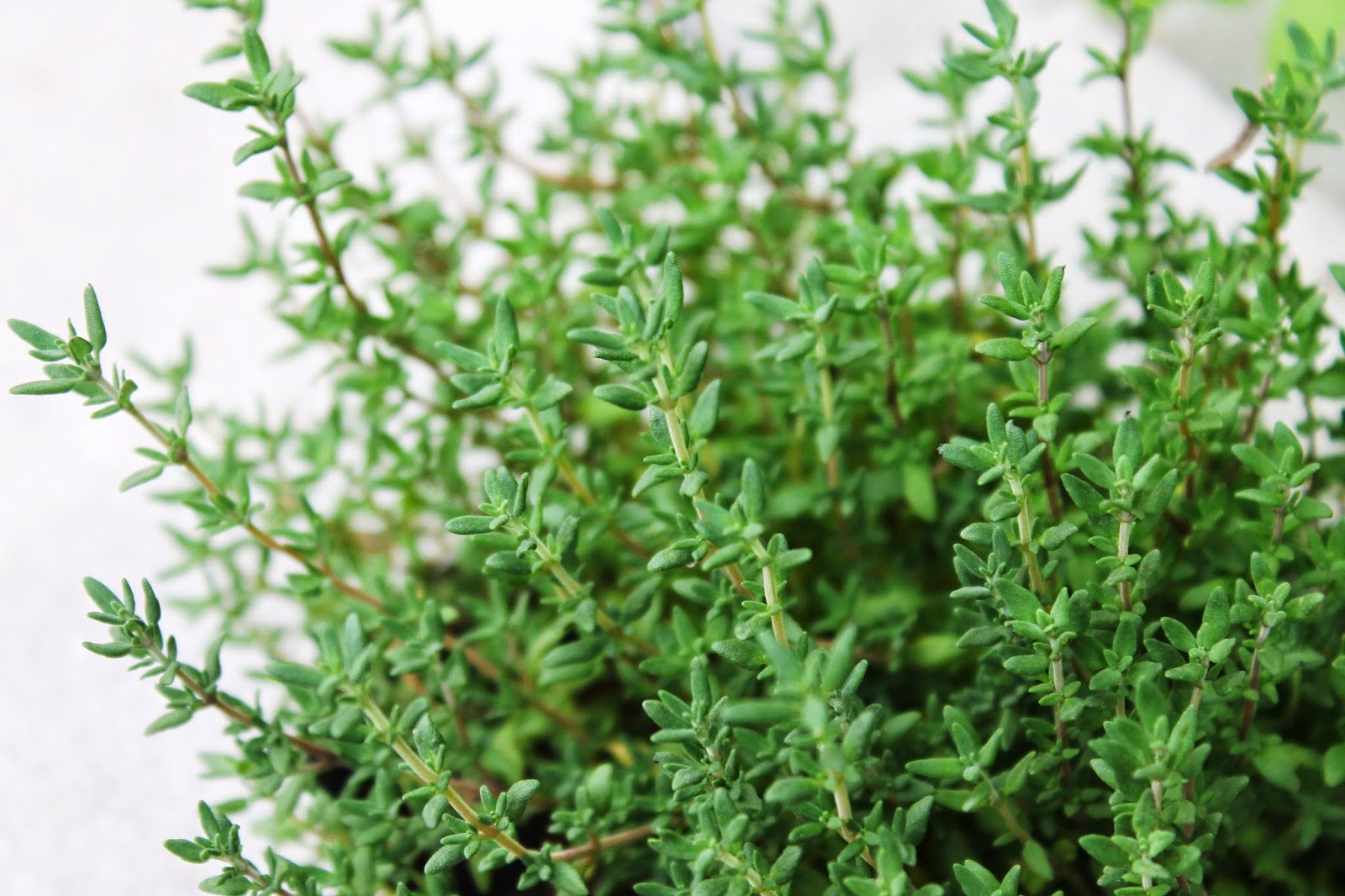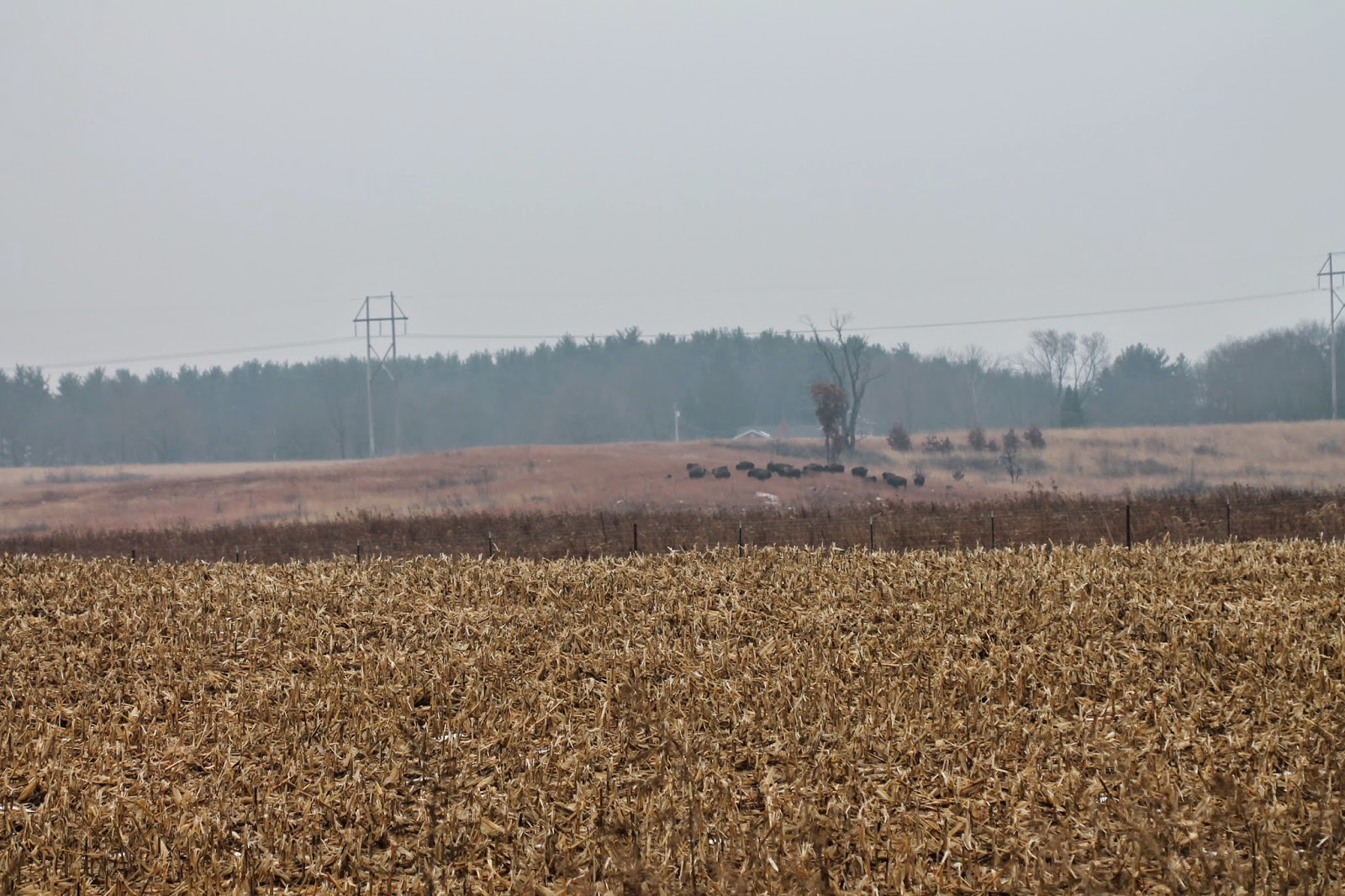I love documenting life's happenings through photography, but many times it is impractical to do that. I wish I had photos of the great people I've met, worked with, and learned from. I wish I had photos of all the great places I've visited and worked. Since I don't have a lot of those, I'll try to work my way a little through the year and reconnect with some of the better highlights on 2014.
The year started off in the middle of the worst winter I can remember. The season began early, and the cold and snow wouldn't let up until the middle of April. Frigid temperatures and a lot of snow led to one of the most depressing landscapes I can recall. Fortunately, I kept my cool (no pun intended) long enough to maintain my sanity, and before I knew it, spring finally arrived.
One great activity I was fortunate to be involved in was working on a historical research project with some colleagues of mine. The goal of this project is still hush-hush, so mum's the word. But spending time at some of Chicago's best resources for research (Chicago History Museum, Harold Washington Library, and a slew of historical society headquarters) opened my eyes to the vast body of information available to practically anyone, if you were so inclined.
Buzz, Dan, and Ursula at the Chicago History Museum in January.
The untold indignities this bear had to endure by our group shall remain so - untold. Let's just say we laughed a lot at the expense of this bear (at the Schiller Park Historical Society).
If there was any consolation to the cold weather and snow, Cassius seemed unfazed by it.
Winter Lark
In February and March, I traveled to the Greenbelt Cultural Center in Waukegan for four weeks to attend a course in interpretation. It was demanding and sometimes brutal, but not in a bad way. Just a ton of information in a short time. I became a certified interpretive guide along with the rest of my class - an experience I won't forget!
Can't forget the customary goofy group photo...
In March, I finally found the first herp of the year, appropriately, a blue-spotted salamander. What a relief to see such an animal after that long, terrible winter. It was the first of many great discoveries I'd make this year.
An old oak tree near where I found the year's first amphibian.
Among the many home improvement projects we undertook, installing a deck to the back of our house was one of the more rewarding. We had to create an access to the deck, of course. So, we made some modifications to the wall and windows in order to do that.
Before
After
We also put in new flooring upstairs, put up a new wooden fence, planted a garden, installed a new roof on the garage, removed all three trees from the yard (for good reason, believe me), re-sided the back of the house, and carried out several repairs to our furnace. One of our furnace issues was caused by squirrels, my constant nemeses.
In April, Aimee and I went to Snake Road. It was a great trip!
At the starting line.
Photographing a Shawnee King.
Aimee looking over the bluffs near sundown.
She overestimated her own strength in this futile attempt to slam the door of the floodgates at the river.
In May, I took this photograph of a plains garter snake in northern Cook County. It was entered into a photo contest by the Forest Preserve District of Cook County, and won an honorable mention appearance (one other photo I entered, of a tree taken last year, won as a top 12 and is featured for the month of March, 2015).
Sadly, the summer of 2014 saw the passing of both Saki and Dinky, Cassius' dog cousins. Cassius misses them to this day.
Jeffrey Peffers graduated from grade school!
Summertime was also a time for family BBQs and birthdays.
Our garden was a complete success - in fact, too successful. Our acorn squash became so invasive, it killed off the green leaf lettuce, and most of the cucumbers and green beans. We now know to avoid those next time. We also grew bell peppers, two types of tomatoes, and herbs in cinder blocks (including basil, thyme, oregano, sage, cilantro, dill, rosemary, and several varieties of mint).
This male three-toed box turtle arrived in my care in July. He joined my already sizable menagerie of reptiles and amphibians.
Aimee and Cassius enjoying a warm summer day at Waterfall Glen in DuPage County.
The acorn squash starting to become a nuisance...
 |
A baby corn snake hatching in July.
On the way home, we stopped at Muscatatuck National Wildlife Refuge, where I tried but failed to find snakes, though I did see a lot of cricket frogs.
Back at home, we helped document and coordinate one of the many events the Norwood Park Historical Society holds each year - this time, a movie on the expansive front lawn of the Noble-Seymour-Crippen House, Chicago's oldest building.
The acorn squash in mid-August. By the time the growing season ended on October, it had taken over more than one-third of our backyard.
My sporadic volunteer work with Friends of the Parks ended in 2014, following the departure of basically all the people I worked with there. However, the DRCA is still a place I visited from time to time, in particular, to check the snake boards I placed out there in the summer of 2013. Remember?
Grasshoppers and Queen Anne's lace are two very common species at DRCA.
Thorn Creek Nature Center in Will County is a remarkable facility. It was born out of a mid-19th century church. I visited in late September.
I returned to Snake Road in October with Jeffrey. The experience was everything we imagined it would be - nothing short of exhilarating!
Our quarters.
Jeffrey with a couple of hatchling common snapping turtles.
I arrived to work at the Grove one Sunday, only to find out that our event had been cancelled. I stopped at a local forest preserve for a quick hike, and discovered this old abandoned pump in the middle of the woods.
November was very, very cold. December was actually a nice respite from the bitter cold.
Cassius in November.
Aimee and I went to Nachusa Grasslands on the last day of November. Afterwards, we stopped by my old stomping grounds - White Pines Deer Park, White Pines State Park, and Lake LaDonna Campground. Lake LaDonna itself was so instrumental to my upbringing, that some day I will compose a post dedicated to that place.
The Deer Park - closed and abandoned for nearly twenty years.
When I was a child, this section of creek yielded countless specimens of aquatic life - arthropods, molluscs, fishes, and amphibians. Of course, this was many years ago. I wonder how bountiful this stream is today.
We have an old home video somewhere of my sister and I standing next to this sign, but it was in 1991.
And finally, one last shot of THE LAST herp of the year (I promise!) - this very cold, very tiny blue-spotted salamander. As if my last post about the hardiness of blue-spotted salamanders wasn't convincing enough, this little one was found under a log two days after a very cold period - and the temperature under the log was still in the 20s. Found December 23rd.
Well, that's it for 2014. A great year, but what's to come will be nothing short of great. I've got goals in mind. We will be doing more traveling in 2015 than we did in 2014, and I hope to come back with field herping reports. In any case, I hope to build on the great year that, in seven hours, will be history. Until next time...
















































